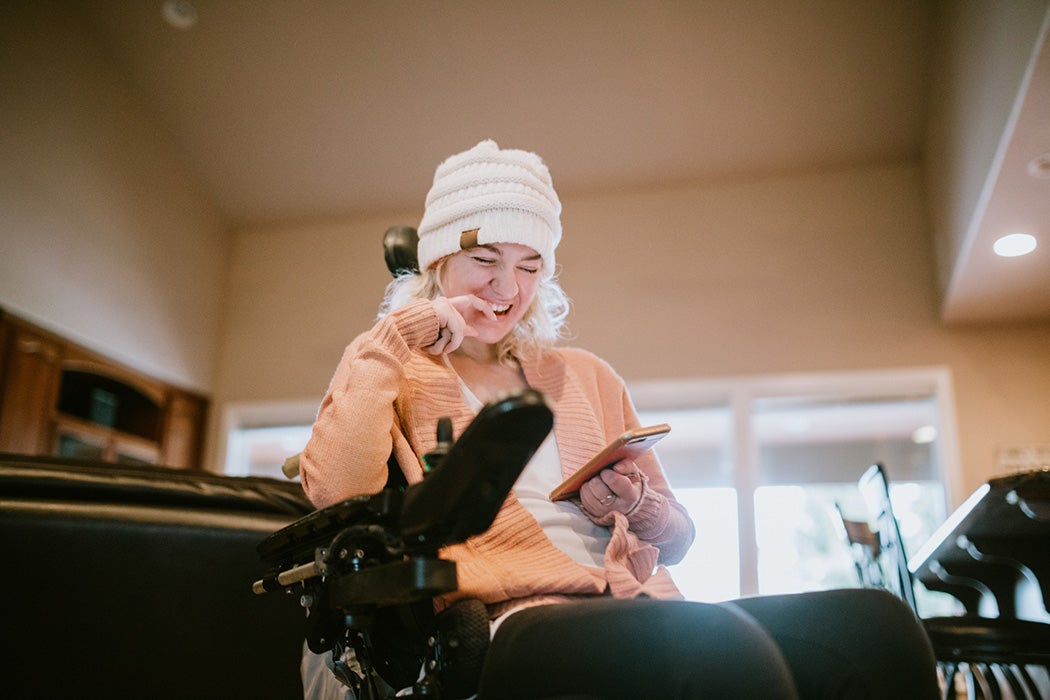Joining dating apps or sites can be difficult, as people have to decide how they portray themselves to prospective romantic and/or sexual partners. Disability scholar and fiction writer Teresa Milbrodt looked into how disabled people, also known as people with disabilities (PWD), portray their disability in dating profiles.
“Negative cultural associations with disability mean that identifying as disabled can create an imperative to ‘account’ for one’s body,’” Milbrodt explained, on why disabled people may face difficulty attracting non-disabled partners.
Just like JDate for Jewish people, there are dating platforms where disabled people can find each other. One of these platforms is Dating4Disabled. Milbrodt found that on that site, people were forthcoming about their disability.
“Posters suggest they have found ways to live with disability and engage in activities they enjoy, making ability level one small part of identity,” Milbrodt wrote.
On mainstream dating apps and platforms, disabled people may have very different experiences. “One theme among profiles on Match.com is how disability creates dating difficulties,” Milbrodt said. Disabled users portray their disabilities in certain ways, if at all, in their profile.
Milbrodt described one user, DrB, who is a wheelchair user, who sees his use of a mobility device as a potential social barrier. DrB does not include pictures of himself in a wheelchair, but explains that he uses one in the text on his profile. “His reflection that he is uncertain why others are bothered by his wheelchair implies that he does not consider the fact he is a wheelchair user to be a dating impediment,” Milbrodt said.
Unlike Dating4Disabled, where someone’s disability status is apparent by being on the site, many disabled Match.com users that Milbrodt observed did not have this information up top.
“Several PWD on Match.com highlight[ed] various aspects of their personality in their profile before mentioning disability,” Milbrodt explained.
Whether a disabled person finds disability to be crucial to mention at the beginning of their bio, on dating profiles and elsewhere, is of course their choice.
On both websites, Milbrodt found that people included both photos where their disability may be noticeable, and ones where they are not. People with chronic illnesses, for example, may also upload photos of themselves before they developed their chronic illness as part of their dating profile.
“Photographs cannot convey how someone navigates the world, so prosthetic devices such as white canes or wheelchairs may lead profile viewers to make assumptions about an individual’s ability level,” Milbrodt wrote. Some disabled people may want to pass as non-disabled, which points at a bigger issue of how ableism affects disabled people in our society.
Weekly Newsletter
“This impulse may be the result of internalized ableist attitudes, or not wanting to possess a stigmatized identity,” Milbrodt explained.
Trying to adjust to non-disabled people’s expectations could also impact some disabled people’s dating preferences. “While PWD are familiar with this kind of code-switching, it remains a personal choice whether they find it preferable to date inside or outside of disability communities,” Milbrodt wrote.







